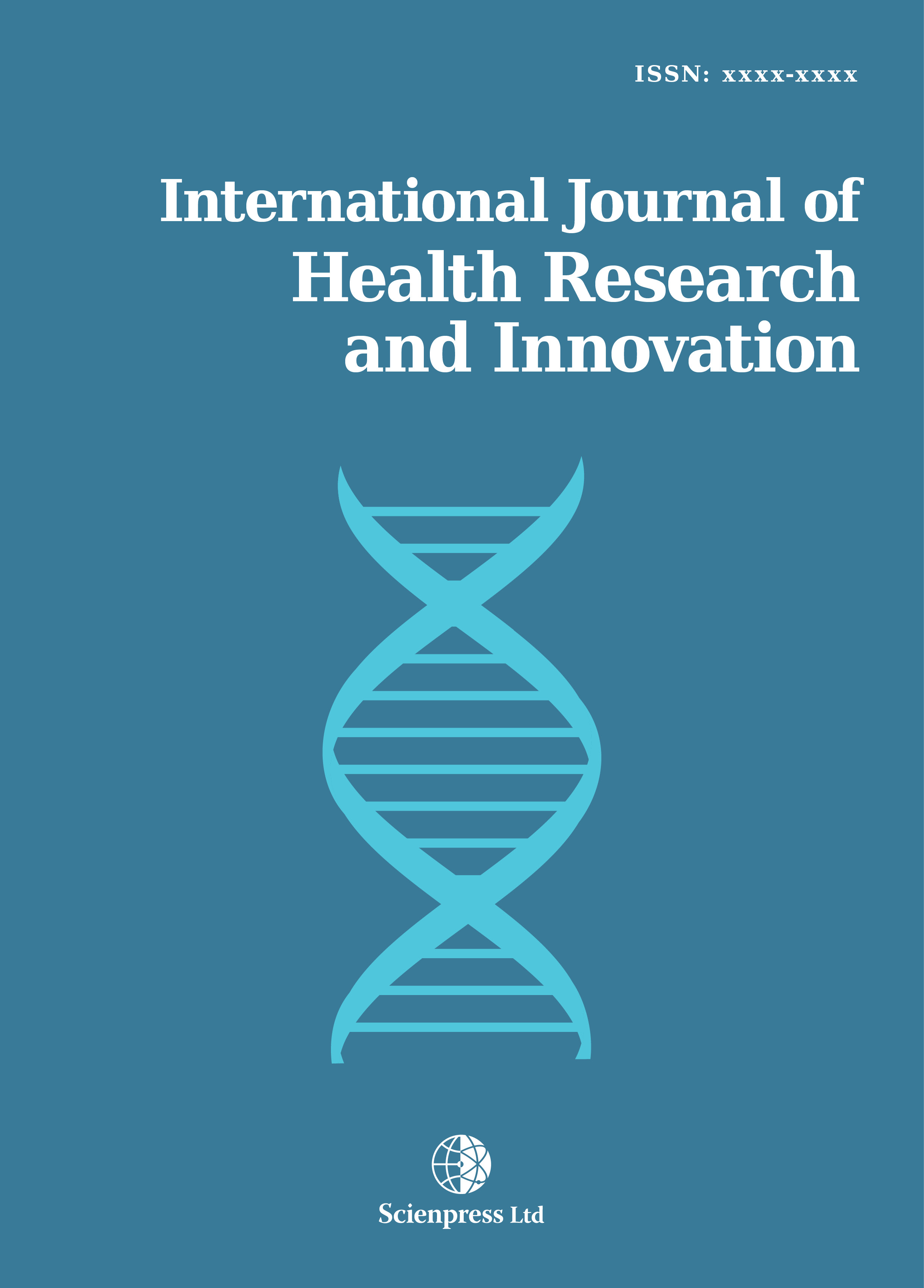International Journal of Health Research and Innovation
Hibiscus-Shorgum: A New Morphological Stain in Neuro-Histology
-
 [ Download ]
[ Download ]
- Times downloaded: 10207
-
Abstract
Aim: The objective of this study was to investigate the capability of the Hibiscus & Sorghum extracts to replace Haematoxylin & Eosin stains in the brain cells demonstration. Methods: Tissue blocks of Wistar rat brain were retrieved from the Animal Tissue Block Archive of the Department of Pathology, University of Ilorin Teaching Hospital Ilorin. Four normal blocks were randomly selected and Four (4) serial sections labeled A to D were made from each block and stained as follows; A: Haematoxylin and Eosin (H&E), B: Hibiscus and Eosin (H-E), C: Haematoxylin and Sorghum (H&S), and D: Hibiscus and Sorghum (H-S). Results: The photomicrographs from all the groups presented the hippocampal cells in the same and almost indistinguishable manner. The layers, neurones and the glial cells were well stained. However, very distinct colorations of the hippocampal components comparable to the control, was noted in H-S (the group D). Conclusion: This study established the capability of the H-S to replace H&E in the neuro-histoarchitectural studies. This substitution is necessary because of the domestic availability, ease of preparation and excellent neural cells demonstration by Hibiscus and Sorghum stain extracts.
